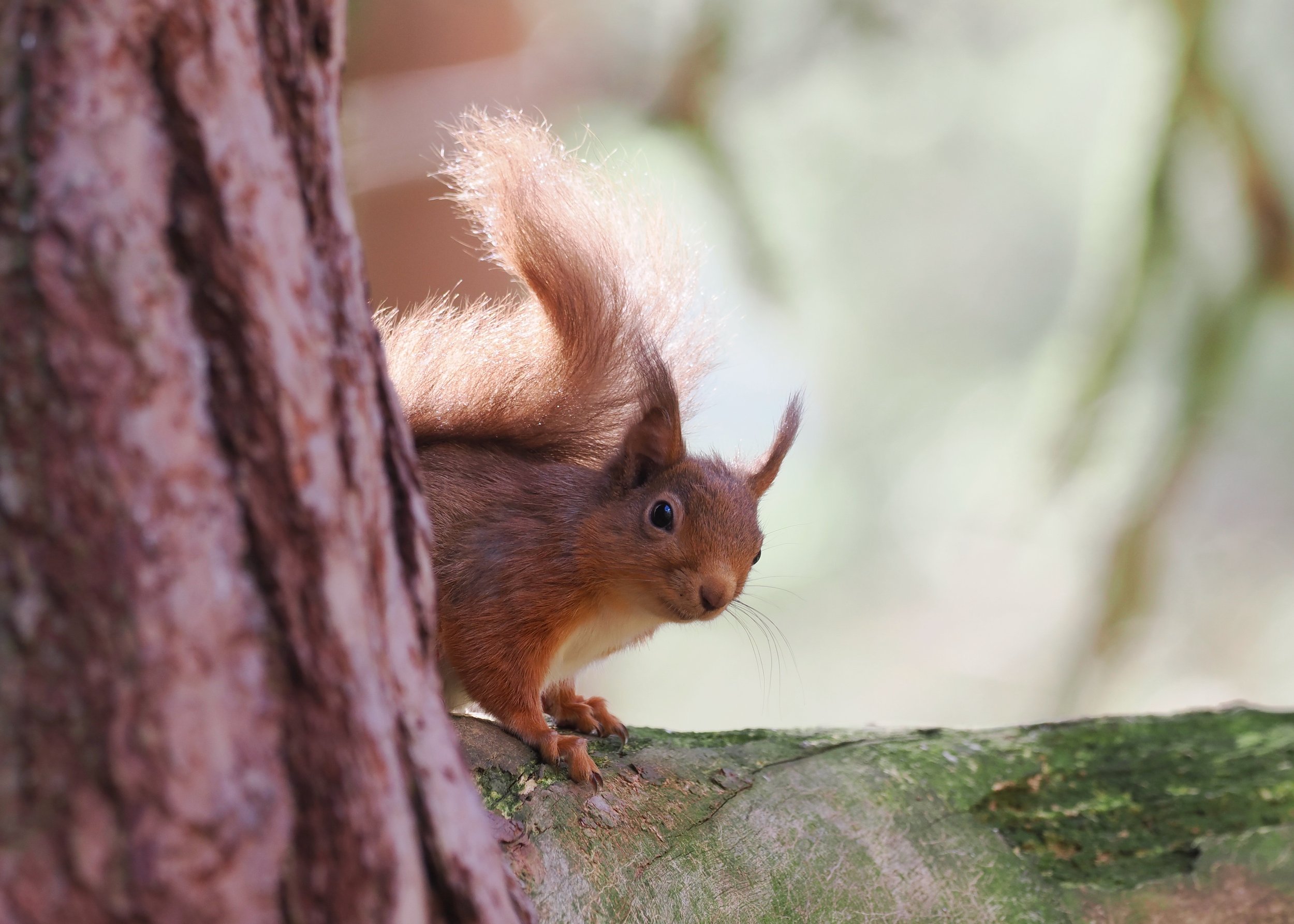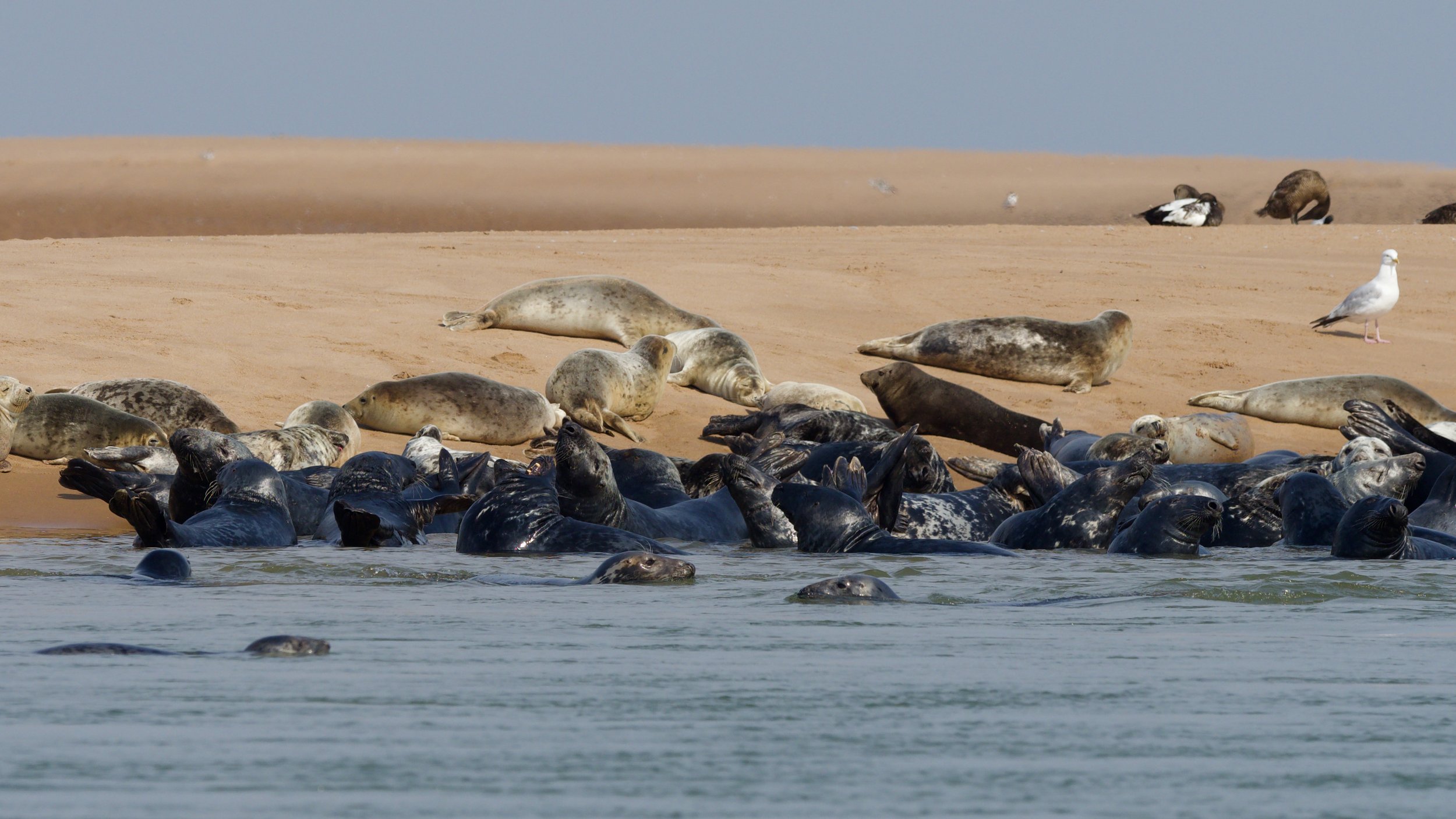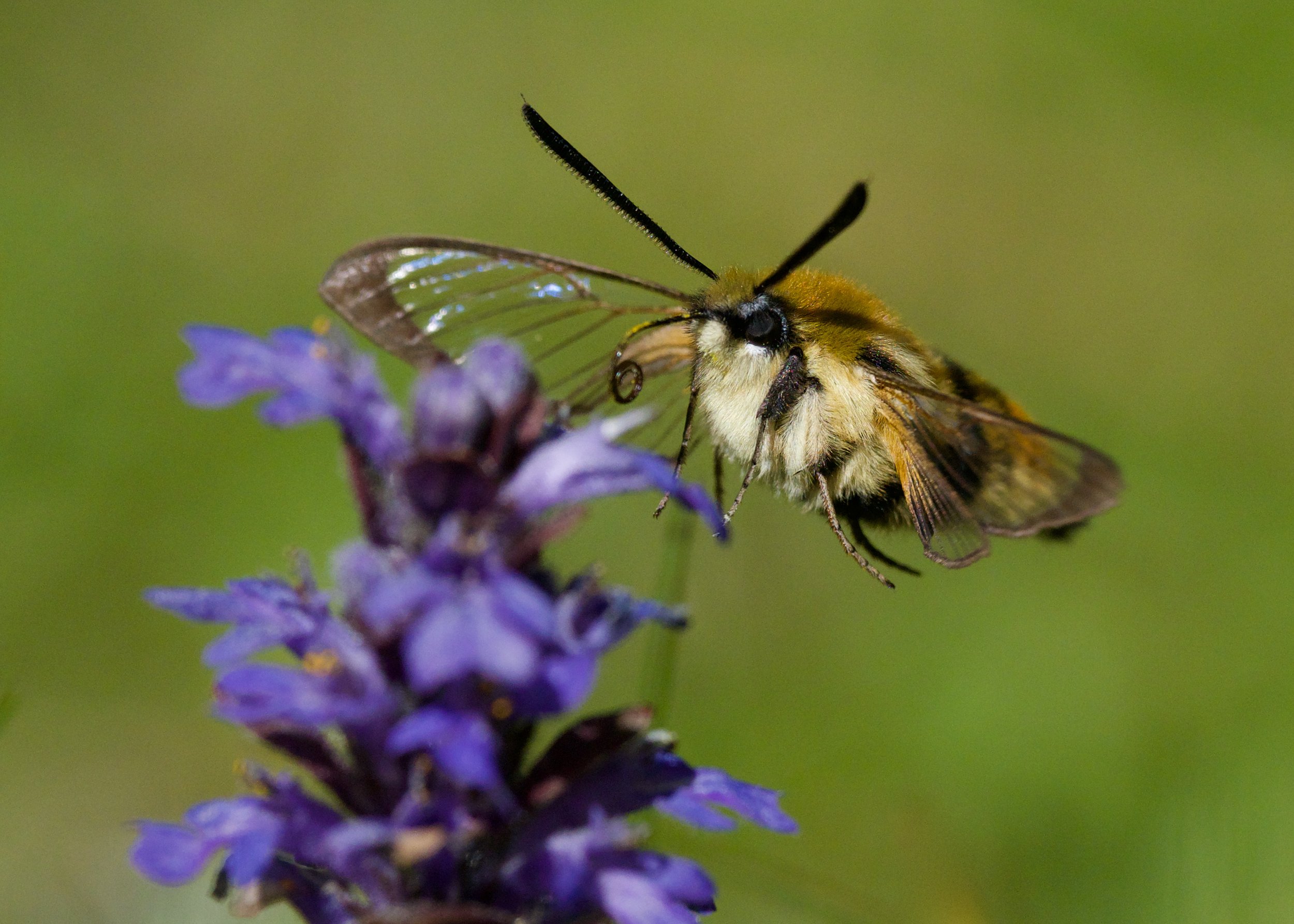Itinerary Inspiration: Spring & Summer in Royal Deeside
Deeside is the undiscovered side of the Cairngorms National Park. This royal valley is home to swathes of Caledonian forest that hug the fringes of munros and shelter the delightful villages of Braemar and Ballater. It is also a haven for wildlife and the perfect place to get a real feel for just how diverse and spectacular wildlife is in Scotland.
In any one day you can walk past ancient Granny pines, watch Mountain Hares soak in the sun, awe at Golden and White-tailed Eagles, marvel at Crossbills adeptly harvesting cones, observe nationally rare butterflies, moths and dragonflies and finish off by getting face to face with Pine Martens and Badgers with an optional extra evening at a viewing hide.
Over three days we can show you everything from the remarkable Arctic-alpine plants, Beavers, eagles and Red Deer, to seabird cities, Bottlenose Dolphins and stunning butterflies. As many as 15 species of mammal may be encountered as well as 120 species of bird.
Black Grouse are widespread in the glen and a dawn start offers a great chance of witnessing their flamboyant display.
Example three-day Itinerary
Day 1:
We will start the day looking up to the central massif of the Cairngorms surrounded by Caledonian Forest. Here Scottish, Parrot and Common Crossbills may be found whilst Red Squirrels scamper along the boughs. Torrents of water descend from the peaks through dramatics clefts and one cannot help but be awed by the landscape. Golden and White-tailed Eagle cruise the ridgelines as well as Peregrine and even Merlin. Herds of Red Deer graze the hillsides whilst in the valley bases we should find Roe Deer. As we ascend we will search for Red Grouse, Mountain Hare, Ring Ouzel and a number of Arctic-alpine plants. In the late-afternoon we will explore the fringes of the southern side of the national park, an area where Eurasian Beaver have taken hold and with any luck we will see them out foraging.
Red Squirrels hide in the Caledonian forest and we can make a special effort to find these endearing mammals.
Day 2:
In stark contrast to the previous day we will head east to the coast, home to hundreds of thousands of seabirds. Guillemot, Razorbill, Fulmar and Kittiwake cram the ledges full and we will look out for Puffins as well. All along the coast we will keep our eyes peeled for Common and Grey Seal as well as the resident pod of Bottlenose Dolphins and maybe even Harbour Porpoise.
Moving north we will explore an exceptionally rich estuary, dune and farmland area where we can hope to see a variety of wading birds, thousands of breeding Sandwich, Common, Arctic and Little Terns and a large haul out of Grey and Common Seals. Eider breed in large numbers and are occasionally joined by a King Eider. The agricultural areas along the coast are home to Corn Bunting, Tree Sparrow and Grey Partridge whilst the sand dunes should be alive to the sound of Skylarks and abuzz with insects over the wildflowers.
The Grey Seal haul-out at the Ythan Estuary is a brilliant wildlife spectacle.
Day 3:
Our final full day will be spent back in Royal Deeside where we will enjoy the foothills of the Grampians home to Green Woodpecker, Redstart, Tree Pipit, Cuckoo, three species of Crossbill, Merlin, Fallow, Red and Roe Deer and with luck the enigmatic Black Grouse. Ospreys hunt for fish along the River Dee and over the lochans whilst Dippers forage in the riffles. The forests are home to a variety of fascinating plants including Twinflower, Creeping Ladies Tresses and Intermediate Wintergreen. Capercaillie lurk in the quietest corners though this is a species that we never go in search of due to its rarity and the impacts human disturbance have on this species, and in open glades we may find Northern Brown and Scotch Argus butterflies. We will also explore some stunning glacial relics including kettle-holes and an amazing eroded rock chamber surrounded by rich Caledonian forest and Aspen stands. Here we can hope to find Adders and a number of dragonflies and damselflies.
Narrow-boarded Bee Hawk-moths are a stunning and remarkable moth found in the glen in spring and summer.
Why not also arrange to visit the local Pine Marten and Badger viewing hide one evening for even more wildlife action.
Other additional days can be added to tailor this holiday to your own wildlife preferences and include exploring the Moray Firth coast and venturing to the west side of Cairngorms.
If you’d like to find out more about options and costs then please get in touch.




